I was building a dovetailed box today, busily transfering the tails to the pin board (as you do) ..
I had placed the tail board between the pin board and a rest ..
.. was holding it down with one hand while I scored the pins with the other ...
.. and it occured to me that this could be easier. No, BB, there is no room to use a mitre clamp!
Perhaps I am slow and have not read this somewhere (I really don't recall doing so), and I can't think why I haven't done it before ...
... I just glued 400 grit sandpaper on each side of the rest...
It worked like a champ! Rock steady.
What am I building?
The dovetails are cut and glued together, but the box is still rough ...
The box will be another with a coopered lid (this one ordered by Lynndy) ..
More later.
Regards from Perth
Derek




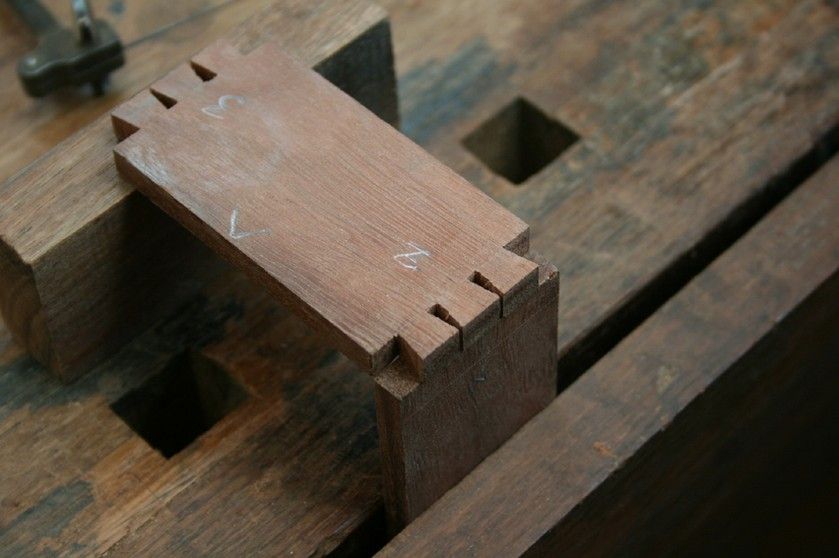
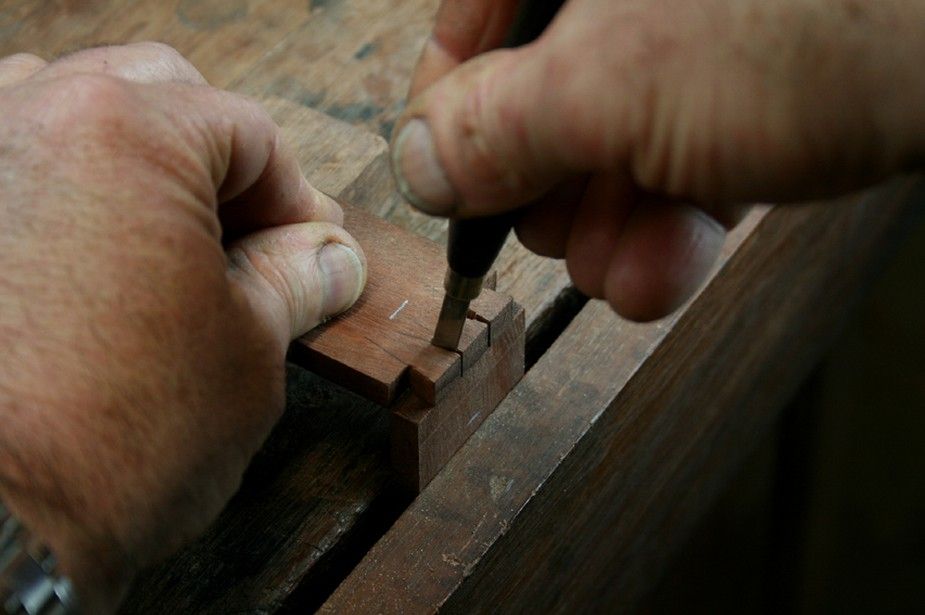

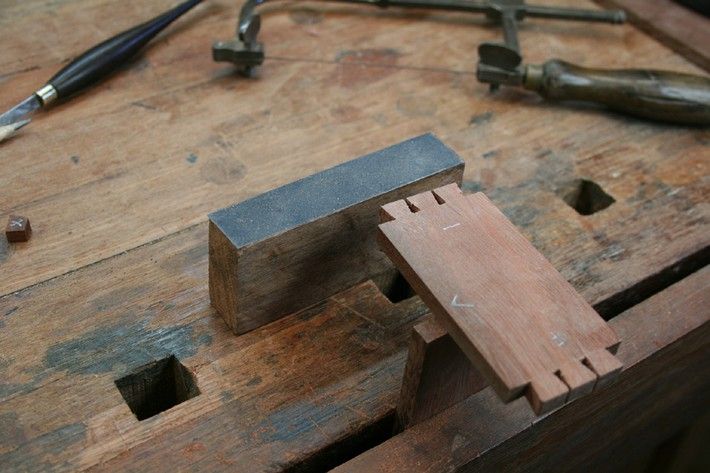
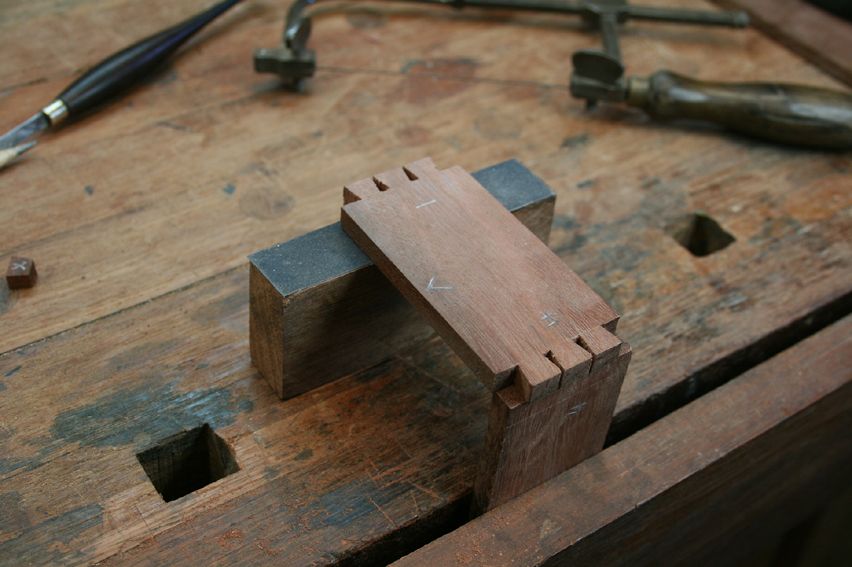
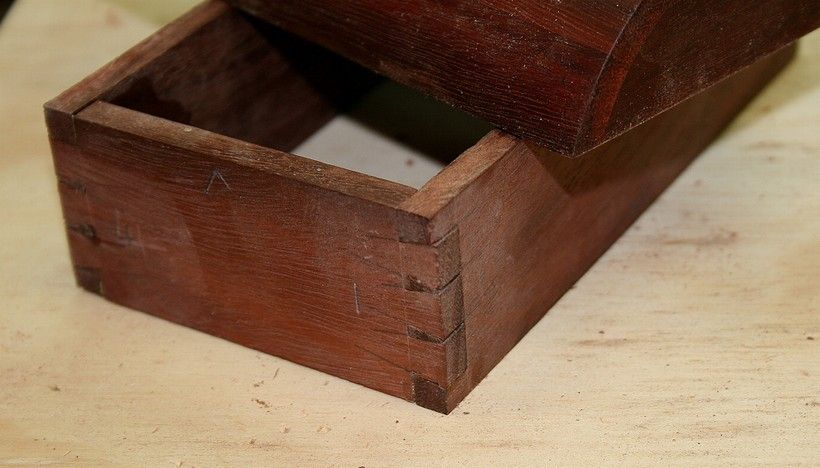
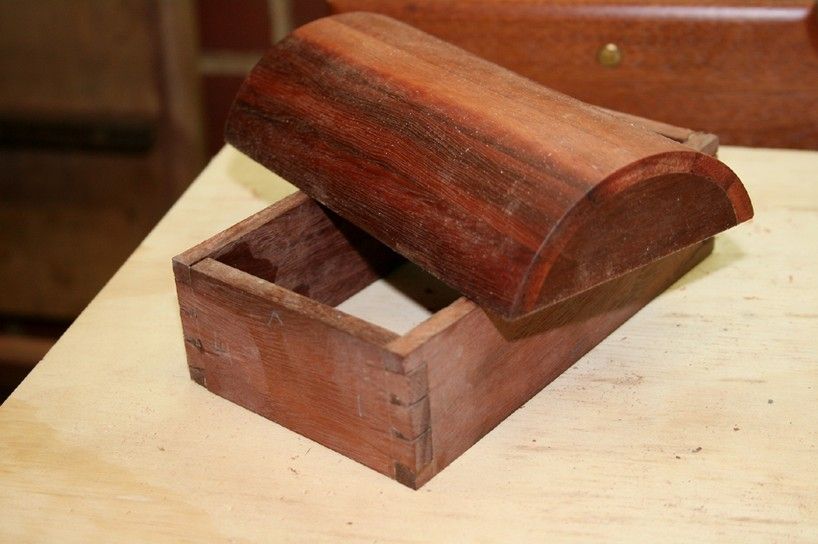

 Reply With Quote
Reply With Quote



 Jr.
Jr. 




